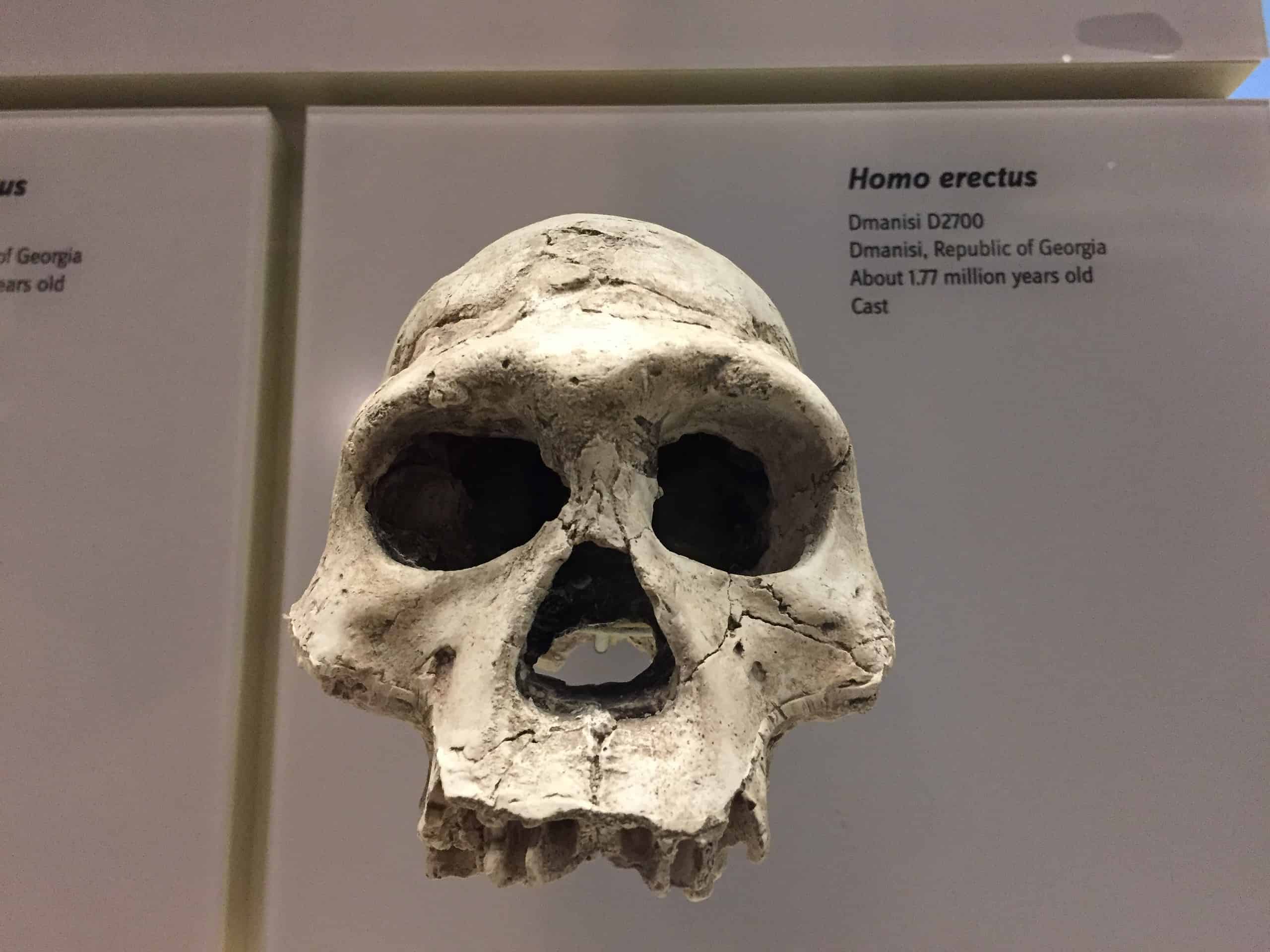Before Homo sapiens ever walked the Earth, our ancestors stood on the brink of extinction. Several genetic analyses and archaeological findings reveal a huge population drop – known as a bottleneck event – among our early ancestors. By one account, there could have been as few as 1,300 breeding individuals left roughly 900,000 years ago.
Recent research offers a more refined timeline of this bottleneck, which has been connected with early hominin migration patterns.
An Ice Age that nearly wiped our lineage and a new opportunity on the horizon
Scientists have long recognized that analyzing specific genetic markers in genomes can reveal clues to past population bottlenecks. However, pinpointing the precise timing of these events is hard and not always precise. Some estimates suggest our ancestors suffered a dramatic bottleneck 0.9 million or 1.15 million years ago, while others claimed it could have happened as early as just 200,000 years ago.
The former claim that pinned a brush with extinction about one million years ago was made in 2023 by an international team of researchers, which included Giorgio Manzi, an anthropologist at Sapienza University of Rome.
“The gap in the African and Eurasian fossil records can be explained by this bottleneck in the Early Stone Age as chronologically. It coincides with this proposed time period of significant loss of fossil evidence,” Manzi said at the time in a press release.
However, this research proved very controversial. Archaeologists were not convinced, pointing to evidence like tools and other artifacts that show hominins were still widespread in Africa around the time of the proposed bottleneck.
This discrepancy prompted the University of Milan’s Giovanni Muttoni and Columbia University’s Dennis Kent to reexamine the data. They examined oxygen isotopes that record Earth’s temperature cycles. This analysis showed that the initial major ice age of the Pleistocene era happened around 900,000 years ago, which neatly coincides with the genetic bottleneck.
They continued by pointing out that evidence from earlier studies indicated that hominin habitation also began roughly 900,000 years ago throughout Eurasia and the culprit was most likely climate change. Ocean levels would have decreased as the ice age progressed, giving early ancestors, which could have been Homo erectus or a related hominin, a simpler path out of Africa. They would have faced increasingly challenging circumstances back home, making the idea of migrating alluring. Additionally, the researchers have observed that many animals started leaving Africa around the same time.
“This timing agrees with the independently dated bottleneck from genomic analysis of modern human populations and allows speculations about the relative roles of climate forcing on the survival of hominins,” the researchers wrote in their study.
Not all would leave Africa though. The direct ancestors of Homo sapiens stayed, and our species didn’t leave the continent until 60,000 to 90,000 years ago. During their journey, they would have met other species of humans that branched out in the meantime, such as Neanderthals and Denisovans.
The findings appeared in the Proceedings of the National Academy of Sciences.



